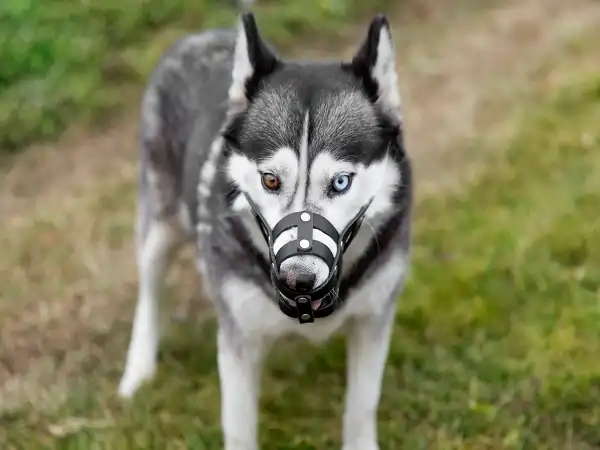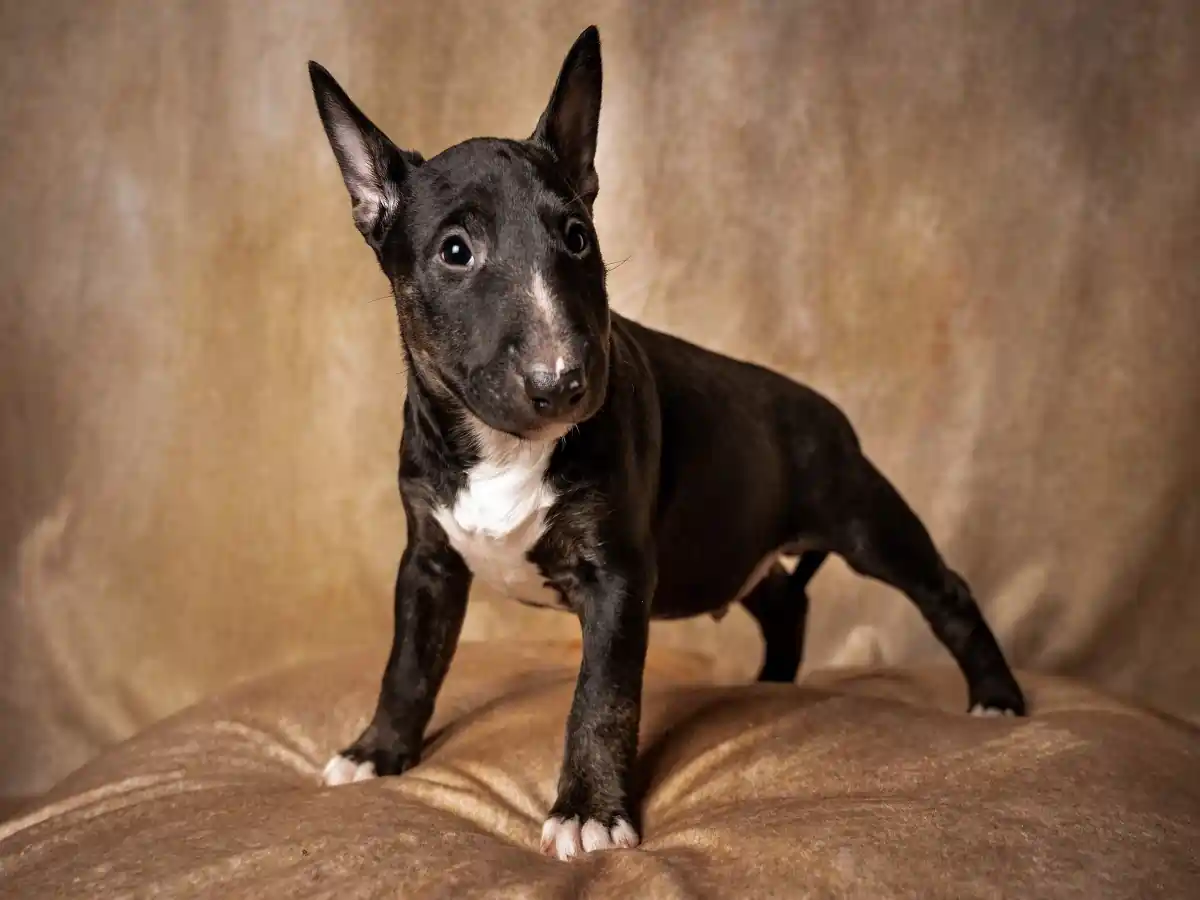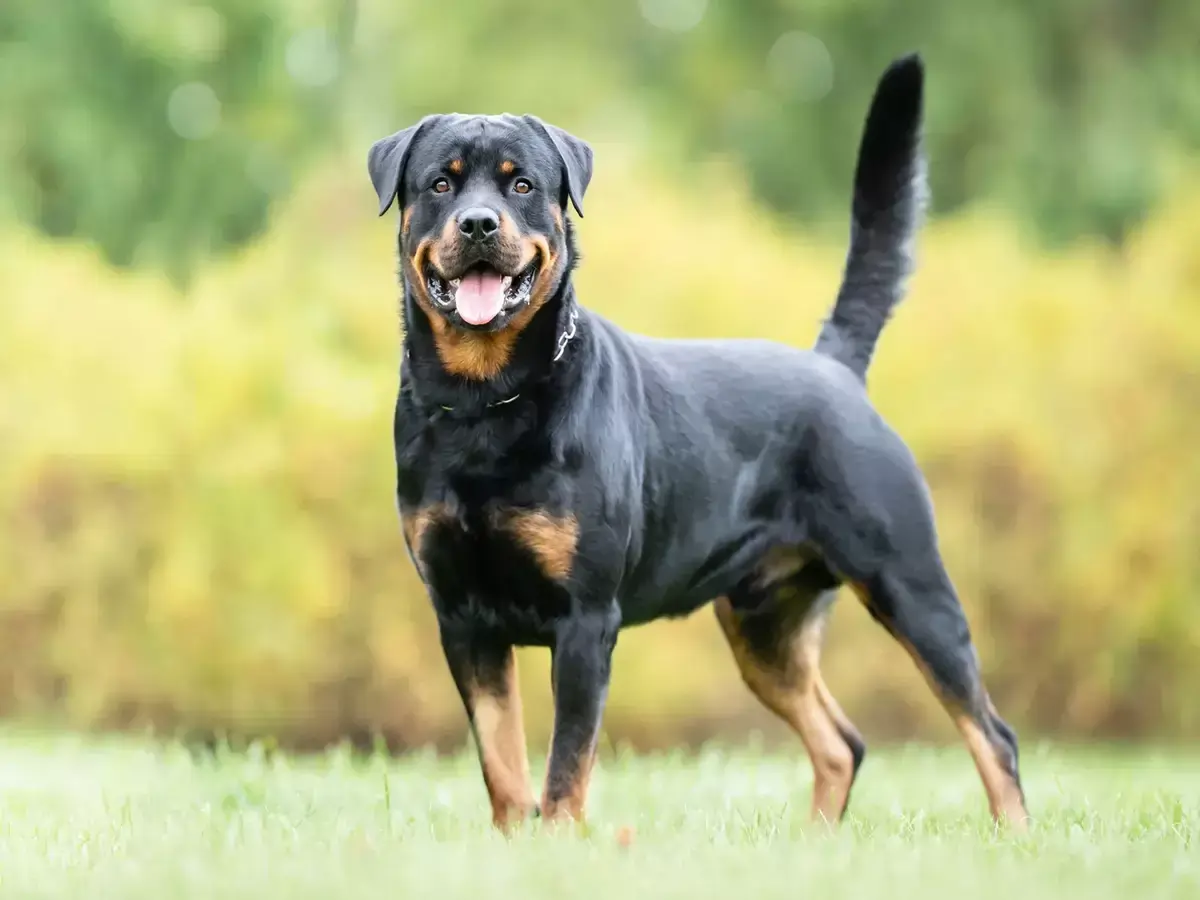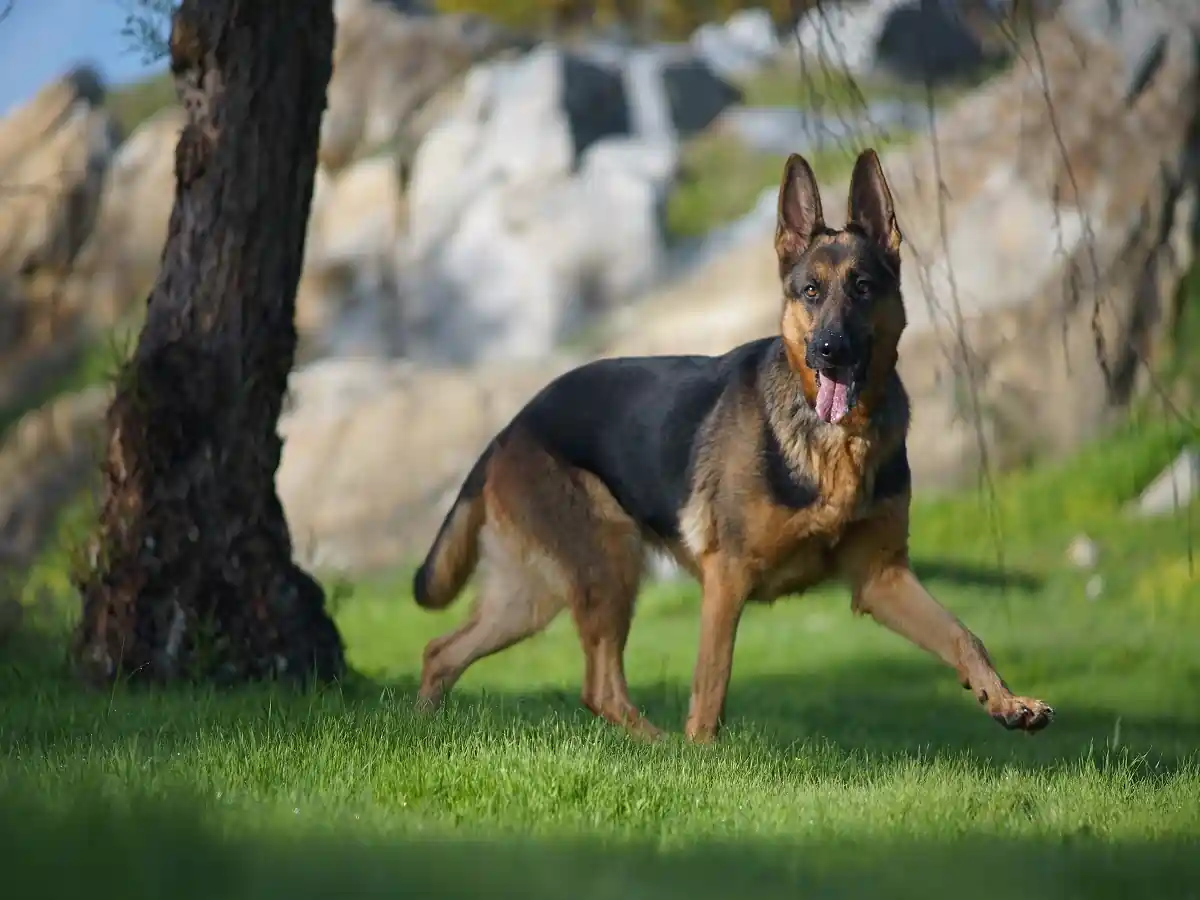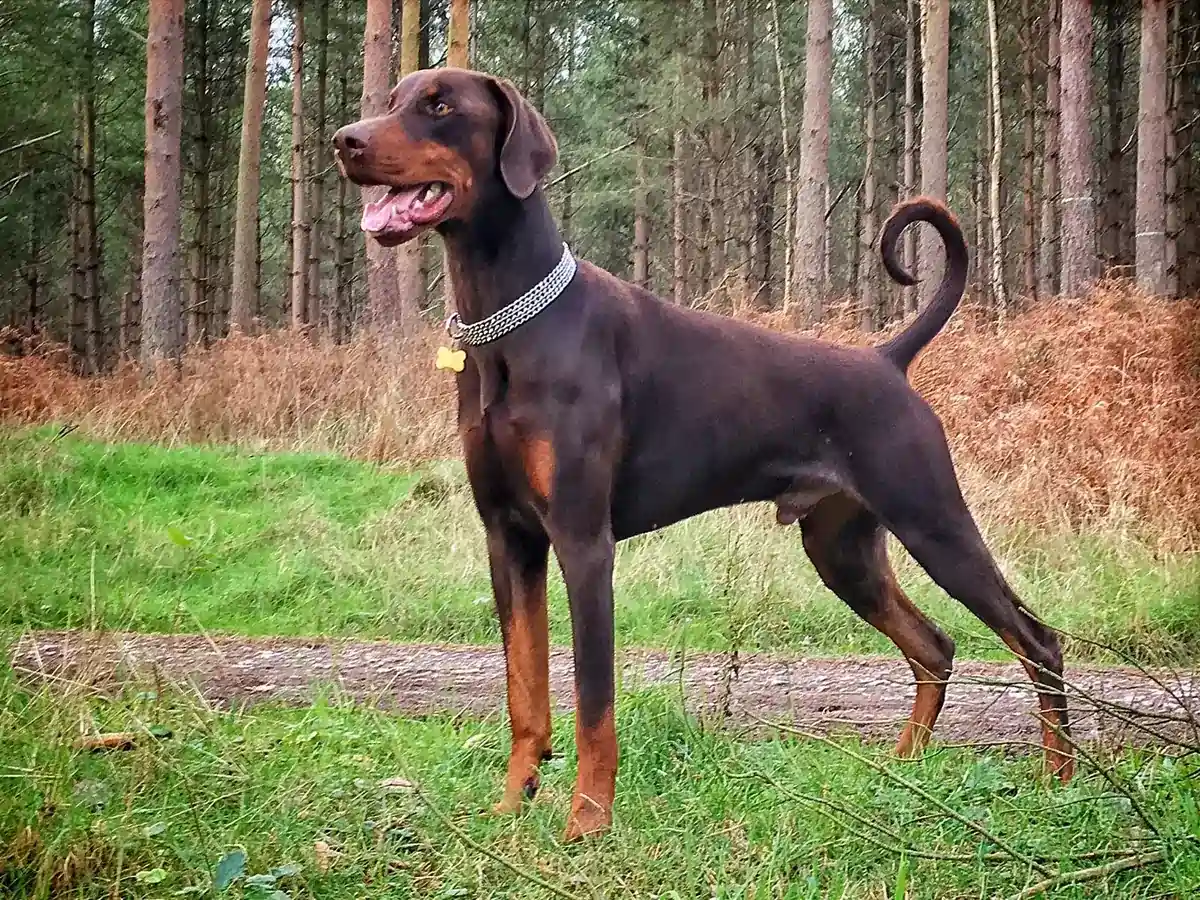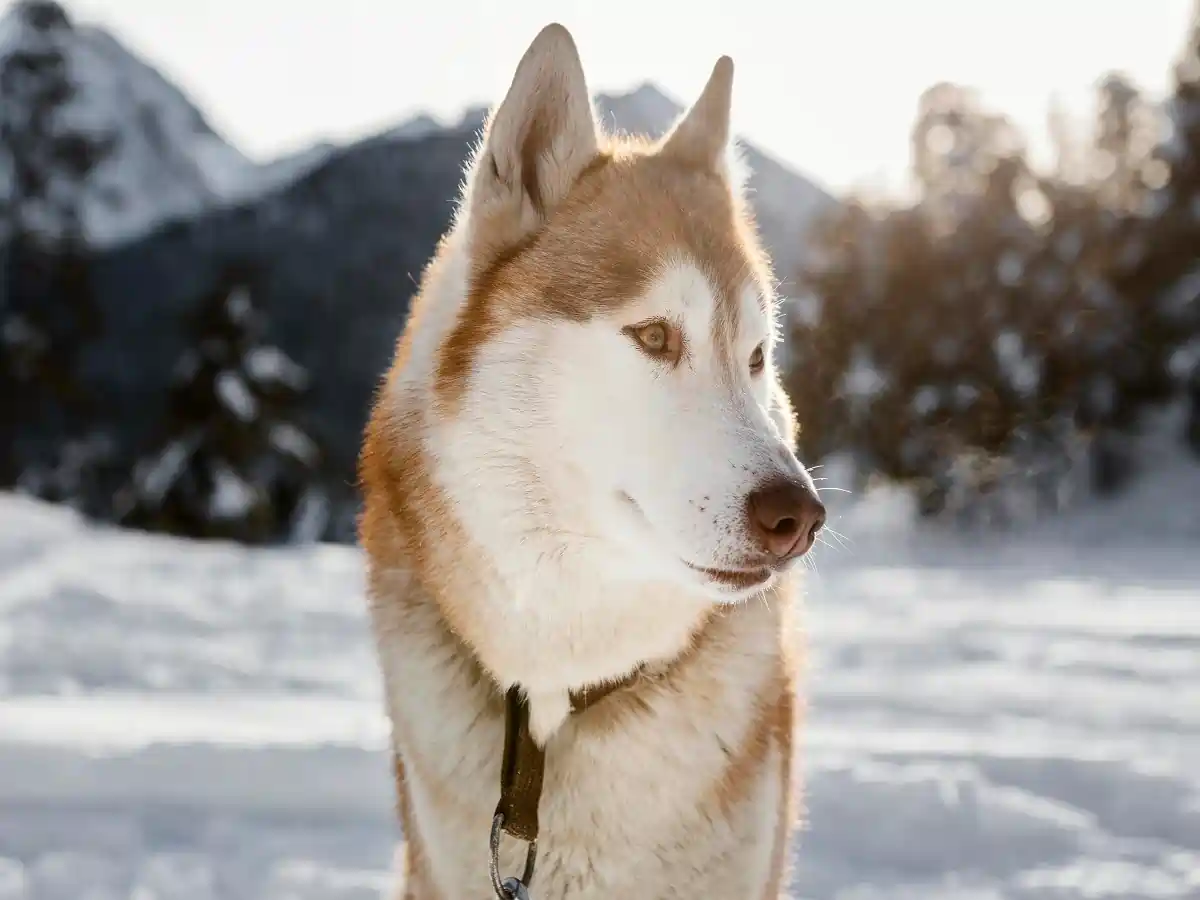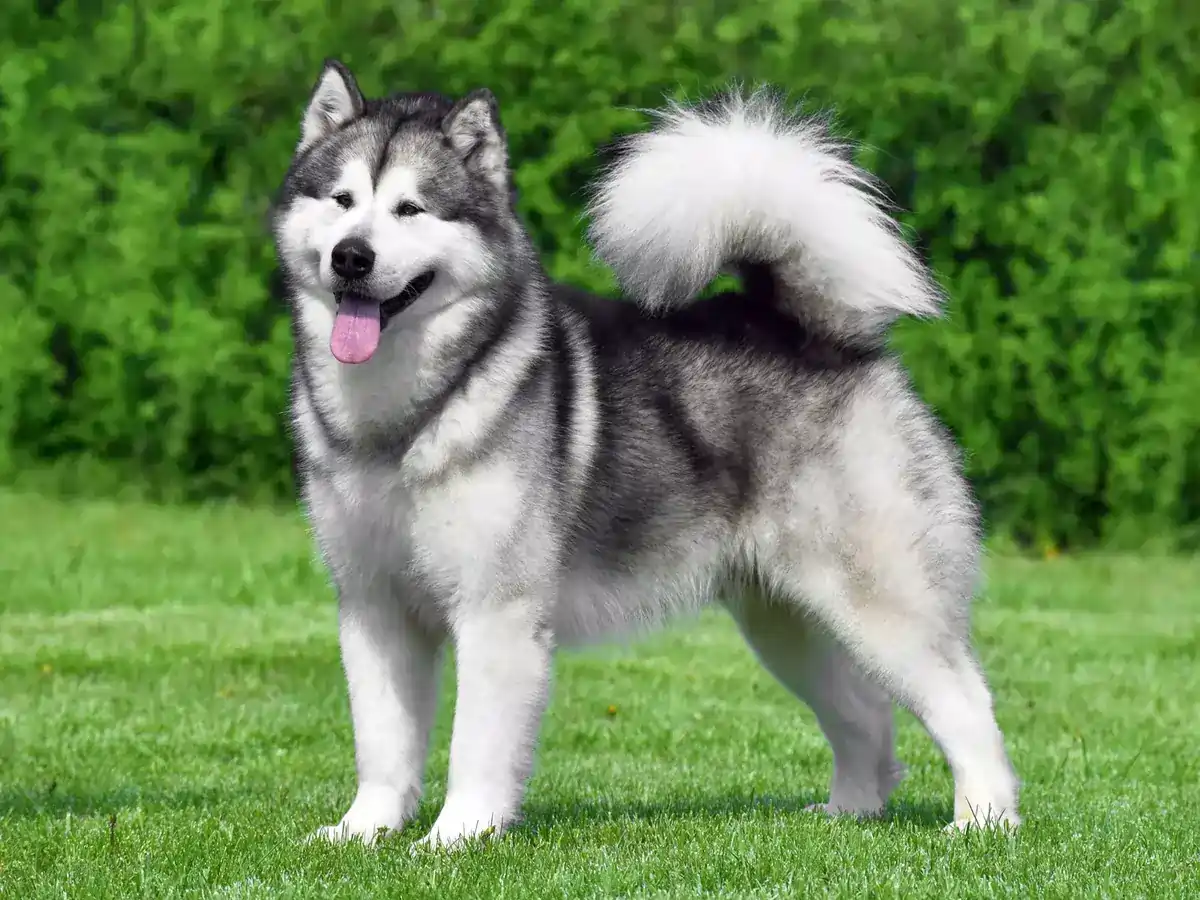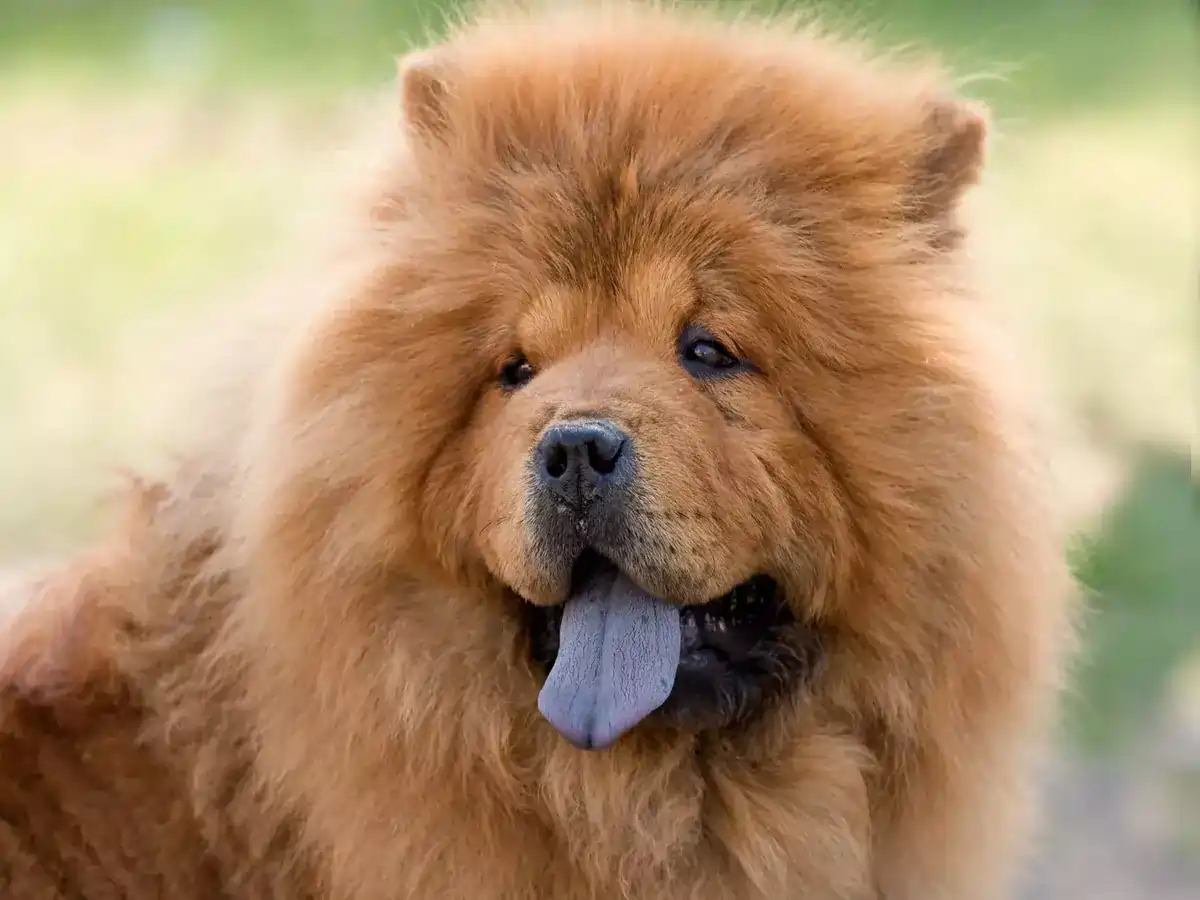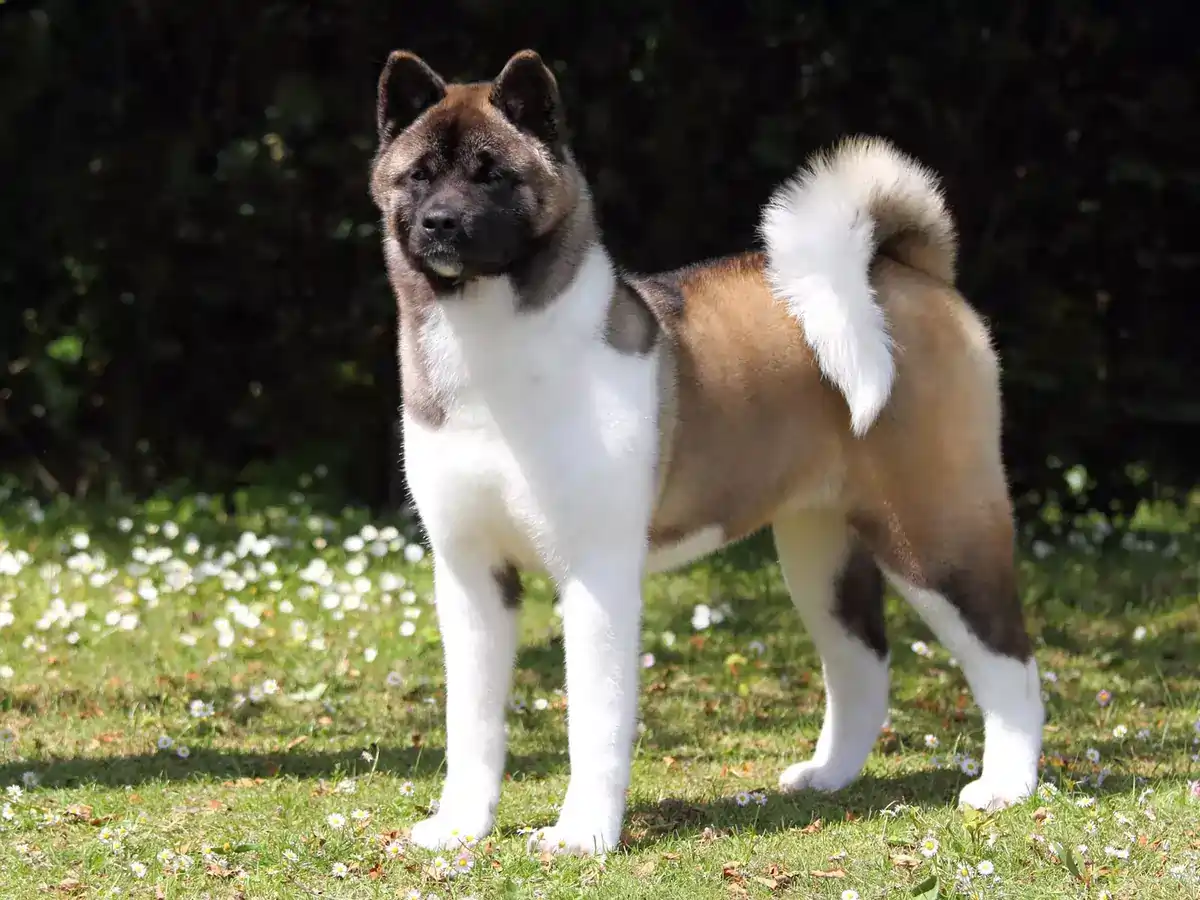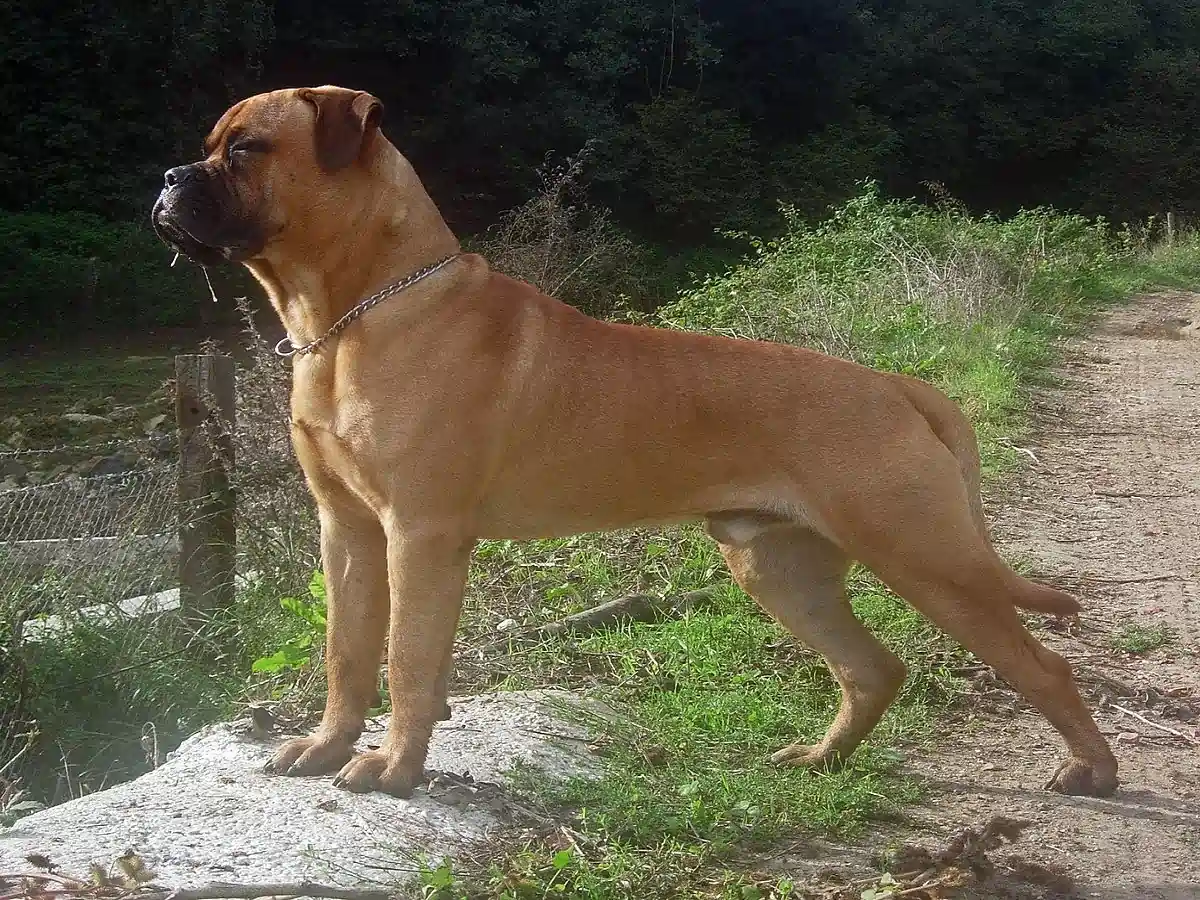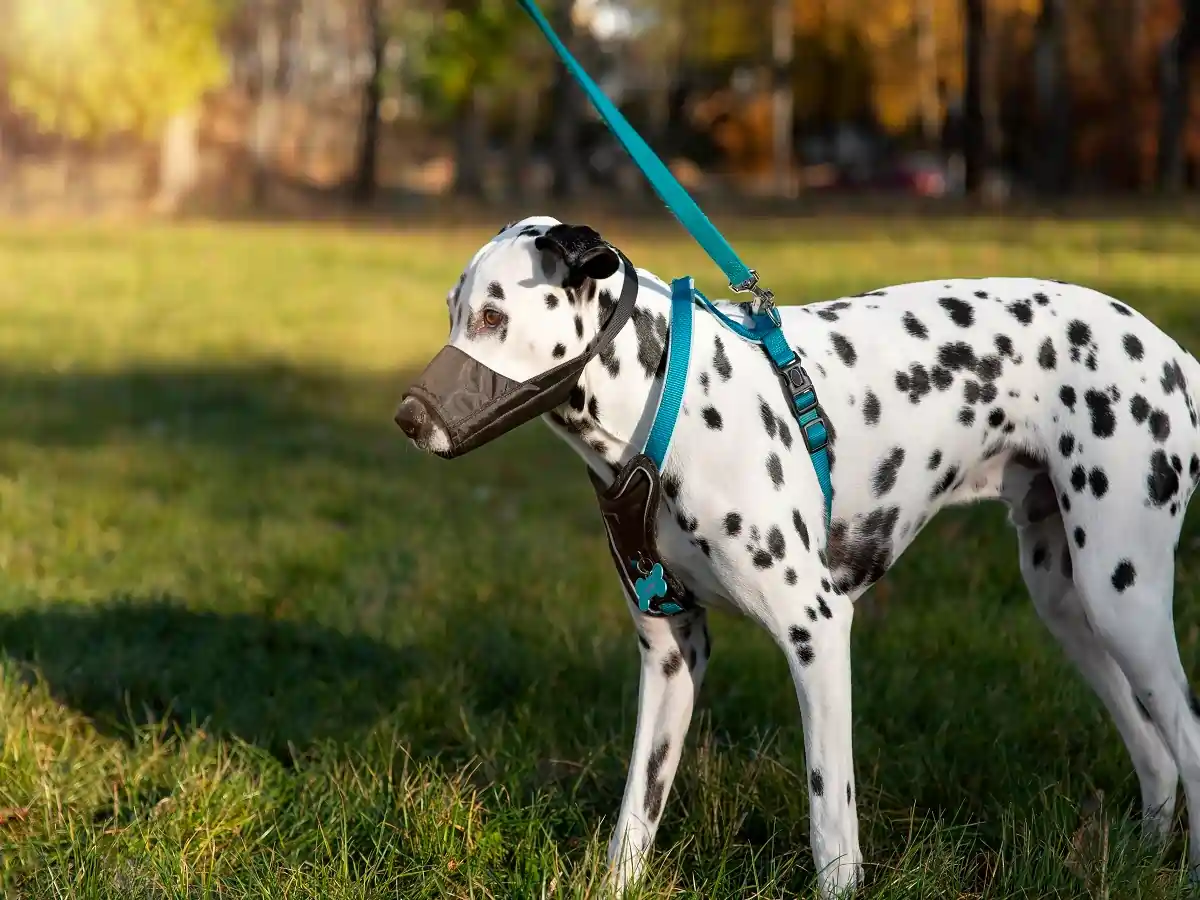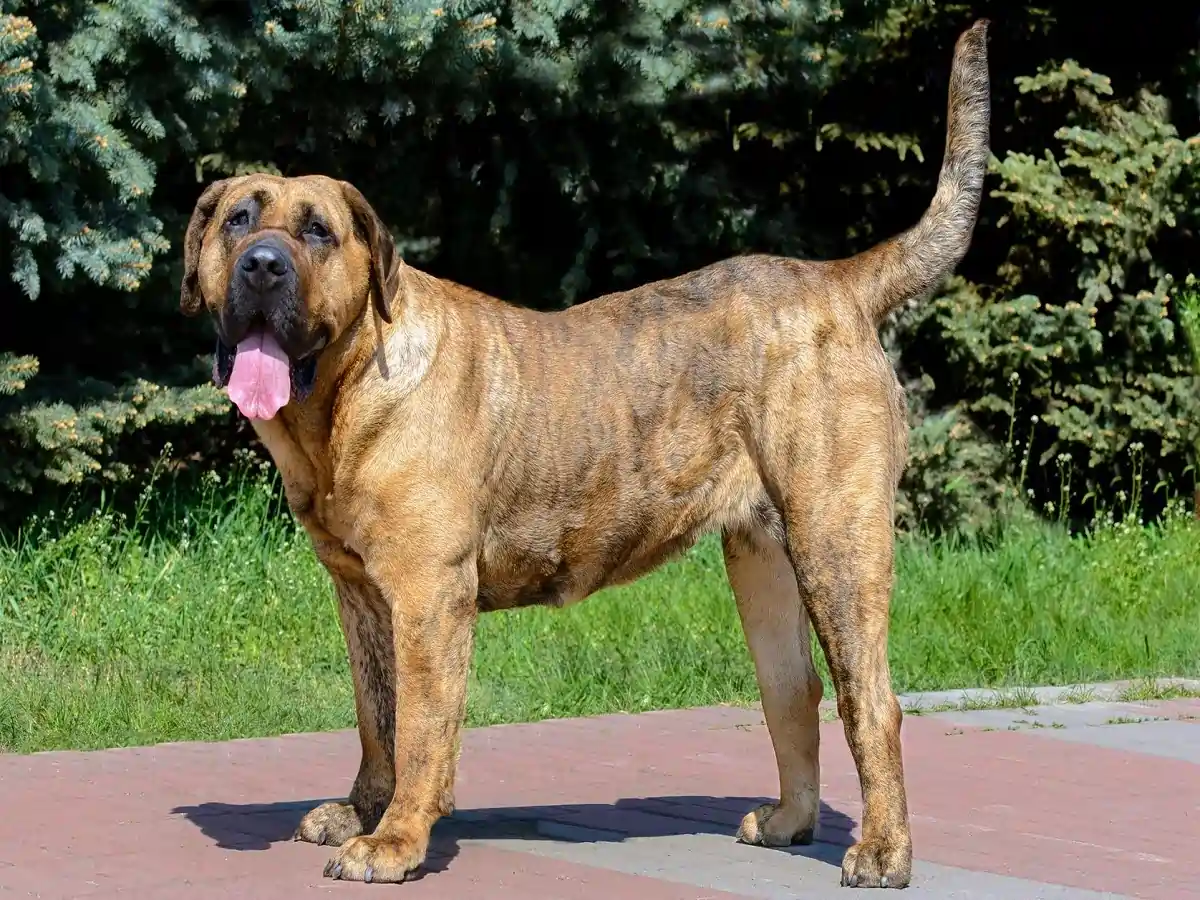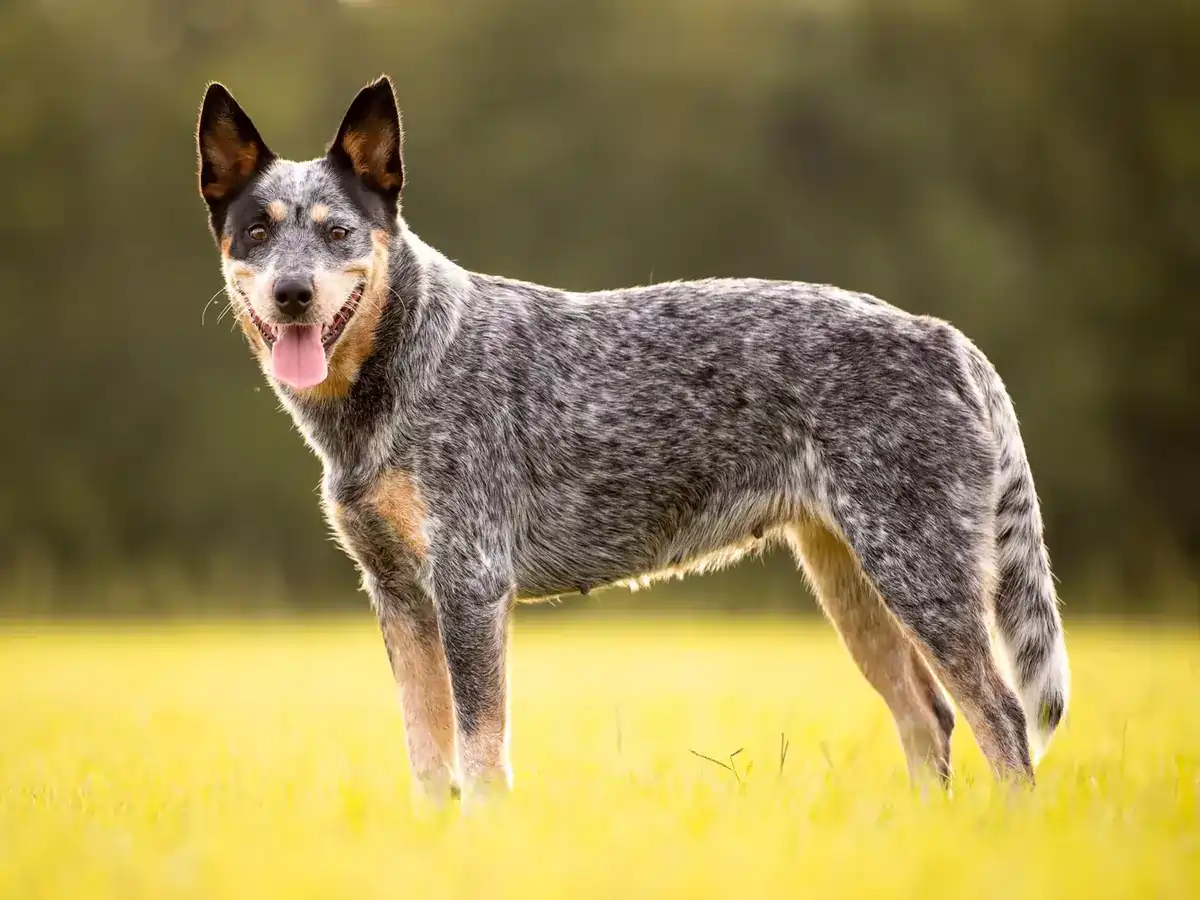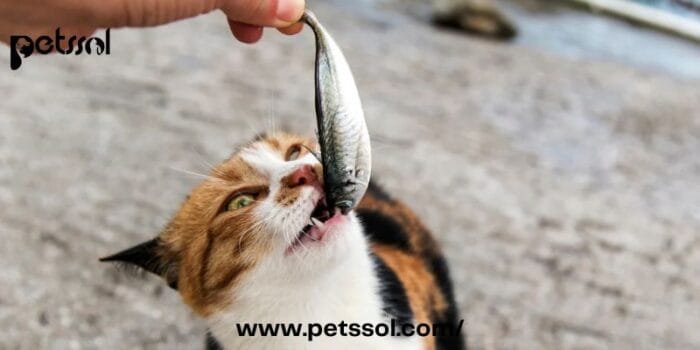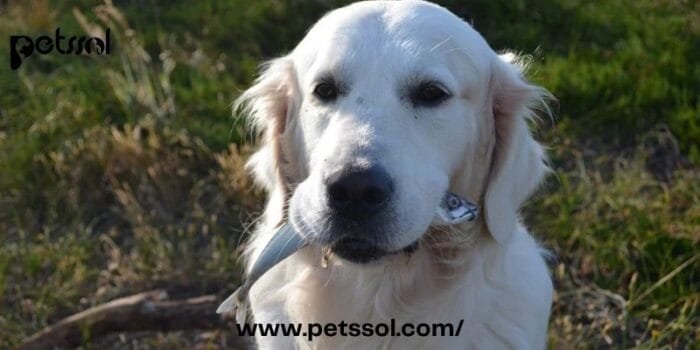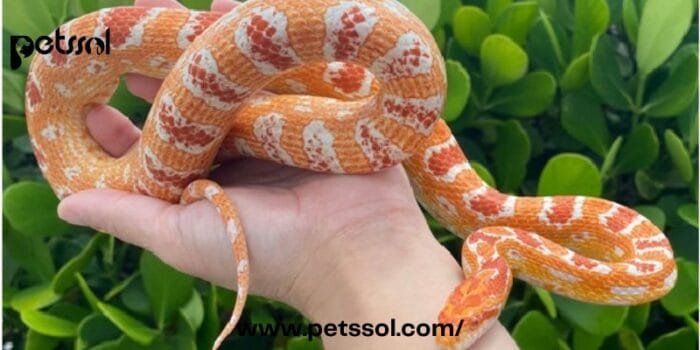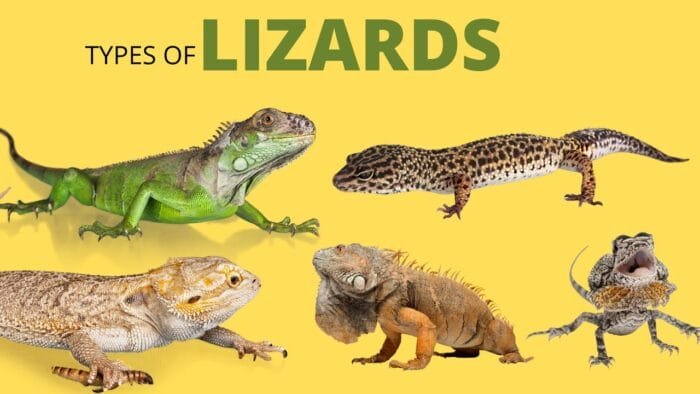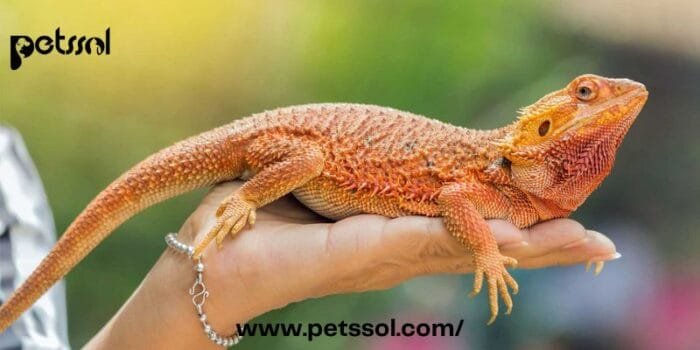Dog aggression can be complicated and misunderstood. It means when a dog tries to hurt or scare another person or animal. It is important to understand aggression for everyone, including dog owners and trainers. It can affect the safety of both dogs and people.
This blog talks about aggression in dogs. Some dog breeds are thought to be more aggressive. But it is not just about breed. It is also about genetics, environment, and experiences. Each dog is different, even if they are the same breed. Things like how they are raised, who they meet, and their training all affect how they act.
Understanding dog aggression and knowing that every dog is unique helps us have better relationships with them. Let’s learn more about why dogs act the way they do and explore which breeds are thought to be the most aggressive.
Table of Contents
ToggleTop 12 Most Aggressive Dog Breeds
It is important to note that aggression in dogs can be influenced by various factors such as like genes, how they are raised, training, and where they live. Due to that aggression many people think that dogs with aggressive behaviour are worst pet. The most common example of that myth is many people think beagles are the worst dogs because they are aggressive in nature. But it is important to understand that each dog is unique, so we should be careful about making assumptions based on their breed. Here are 12 breeds often thought to be more aggressive:
1. Pit Bull Terrier
The Pit Bull Terrier is often called one of the toughest dog breeds, but it is not entirely fair. Their aggression usually comes from their surroundings, not their nature. Sadly, they have a bad reputation because they were used for fighting other dogs in the past.
But Pit Bulls have lots of good qualities too. They are loyal, smart, and love their families. They used to be called “nanny dogs” because they are so gentle with kids. With the right training and being around people and other dogs, they can be great pets. They are also really good at things like jumping and following commands.
It is important to know that Pit Bulls, like any breed, are not always aggressive. If they are treated right, get used to people and other animals early on, and are trained well. They can be wonderful additions to a family.
2. Rottweiler
The Rottweiler is often seen as one of the most aggressive dog breeds because it is big and protective. It was bred to herd and guard, so it can be territorial and might seem aggressive if it thinks there is a threat.
But we need to know that a Rottweiler’s aggression is not automatic. It depends on things like its genes, how it is raised, and its training. With the right care and training, Rottweilers can be loyal, loving, and well-behaved pets. They do well when they have a strong leader, positive training, and plenty of activities to keep them busy.
Even though they look tough, Rottweilers are actually gentle and loving. They are smart, versatile, and like to work. So. They are great at lots of different dog activities. They have a long history, going back to Roman times when they herded cattle and guarded. Today, they are still used for work and are loved as family pets when they get the love and care they need.
3. German Shepherd
German Shepherds are often seen as tough dogs because they are protective and strong. They were originally bred to herd and guard. So, they are very loyal and protective of their family and home. Sometimes, they might act aggressive if they feel their family is in danger.
But we need to understand that aggression in German Shepherds is not automatic. It depends on things like their genes, how they are raised, and where they live. If they are socialized early and trained with positive methods, they can be loyal, well-behaved pets.
German Shepherds have been used for lots of important jobs, like in the police and military, for search and rescue, therapy, and guiding visually impaired people. They are known for being versatile, adaptable, and hard workers. They also have a distinctive look with their proud stance, alert face, and black and tan coat.
4. Doberman Pinscher
The Doberman Pinscher is sometimes seen as a tough breed because they are big, strong, and protective. Originally, they were bred to be guard dogs, so they are naturally loyal and cautious around strangers, which might look like aggression.
But it is important to know that aggression in Doberman Pinschers, like any dog, is not automatic. It depends on things like their genes, how they are raised, and where they live. If they are socialized early, trained with positive methods, and cared for responsibly, they can be loving and well-behaved pets.
Even though they might seem intimidating, Doberman Pinschers can be gentle and loving with their families. They love being around people and want to make them happy, which makes them easy to train and adjust to different places.
Dobermans have a distinctive look with their sleek, muscular bodies, cropped ears, and docked tails. They were originally bred this way for practical reasons. But now it is controversial in many places. Also, they have a history of serving in important roles like police work, military service, and therapy.
5. Siberian Husky
The Siberian Husky is often thought of as aggressive, but they are actually quite gentle. Sometimes, their strong-willed and independent personalities can be misunderstood as aggression. Also, they have a tendency to chase small animals, which might look like aggression.
However, real aggression in Siberian Huskies is rare and usually comes from things like not being socialized properly, not getting enough exercise, or feeling frustrated. When they are trained well and given enough mental and physical activity, Huskies are usually friendly and loving pets.
Siberian Huskies have an interesting past as sled dogs, originally from Siberia. They were bred to be strong and tough, able to travel long distances in cold weather. Their unique look, with cool markings and bright blue or multicoloured eyes, makes them stand out.
Even though they are independent, Huskies are loyal and like being part of a pack, which makes them great for families. They do best in places where they can run around and play, like hiking or doing dog sports. With the right care, Siberian Huskies can be wonderful companions.
6. Alaskan Malamute
The Alaskan Malamute is a majestic and powerful breed often misunderstood as one of the most aggressive dog breeds. The Alaskan Malamute might seem tough, but they are actually pretty gentle. They are not naturally aggressive. If they act that way, it is usually because they were not trained well or are frustrated. They can be a bit bossy with other dogs, but that is about it.
These dogs are friendly and love their families a lot. They are happiest when they are with people and are great pets if they get the right training and care.
Alaskan Malamutes were sled dogs long ago, helping out people in Alaska. They are still strong and love doing activities like hiking and pulling sleds. They have got a cool look, with thick fur, pointy ears, and a fluffy tail. Their eyes show they are smart and friendly. With love and training, Alaskan Malamutes make awesome pets.
7. Chow Chow
The Chow Chow is often unfairly labelled as one of the most aggressive dog breeds due to its aloof and independent nature. The Chow Chow might seem stand-offish, but they are not really aggressive. They are just cautious around strangers and like to do their own thing. They can be protective of their family and might act tough with other dogs.
With the right training and care, Chows can be loving pets. They are loyal and independent, kind of like cats. Chow Chows have been around for ages, especially in China, where they were seen as noble and loyal. They were used for hunting and guarding. You can spot them easily with their furry mane and blue-black tongue.
Overall, Chows can be great companions if you understand their personality and give them the right care.
8. Akita
The Akita is sometimes thought of as a tough breed because they are so protective. They were bred in Japan for guarding and hunting. So, they are naturally inclined to protect their family and home. Sometimes, they might seem unfriendly to strangers or other animals because they like to do things on their own.
But real aggression in Akitas is not common and usually comes from not being socialized properly or not getting enough training. If they are trained well and socialized from when they are young, Akitas can be loyal, loving, and well-behaved pets. In Japan, Akitas are seen as symbols of strength, bravery, and loyalty. They used to hunt big animals like deer and bears in the mountains. Akitas are big and have a proud look with expressive faces, which makes them stand out.
They are very loyal to their families and can form strong bonds with their owners. Akitas love being around people and can be good at things like obedience and therapy work if they are cared for and trained right. With the right care, Akitas can be wonderful family pets.
9. Bullmastiff
The Bullmastiff is sometimes seen as one of the most aggressive dog breeds because it is big and strong. Originally, they were bred in England to guard estates and help gamekeepers. But their protective nature might seem like aggression. They are naturally protective of their families and property, which can make them seem unfriendly to strangers or other animals. Also, they might act confrontational because they like to chase things and can be assertive.
But real aggression in Bullmastiffs is not common and usually comes from not being socialized properly, not getting enough training, or being scared. If they are socialized early and trained with rewards, Bullmastiffs can be loyal, loving, and well-behaved pets.
Bullmastiffs have a cool history from the 19th century when people bred Bulldogs and Mastiffs to make them powerful but agile guards. They were used to catch poachers and intruders on English estates because they had sharp senses and looked scary. Even though they are protective, Bullmastiffs are usually sweet and loving towards their families, making them great pets if they are cared for and trained right.
10. Dalmatian
The Dalmatian is not typically regarded as one of the most aggressive dog breeds. They like to chase things and can be shy around new people, but they are not usually aggressive. If they act aggressive, it is usually because they were not socialized right, did not get enough training, or are scared.
Dalmatians are known for being lively and playful, not mean. But like any dog, they need to learn good manners from a young age. They have been around for a long time and were originally used as carriage dogs. They ran next to horse carriages to keep them safe from danger. Their spotted fur and unique look have made them famous in books, movies, and ads.
Dalmatians are really smart and need lots of things to keep them busy, like games and exercise. They are good at stuff like following orders, being quick, and doing dog sports. Plus, they are great for running or hiking buddies. With the right care and training, Dalmatians can be loving and loyal family pets.
11. Presa Canario
The Presa Canario, also called the Canary Mastiff, is thought to be one of the most aggressive dog breeds because it is big, strong, and protective. Originally, it worked on farms in the Canary Islands, guarding animals and land. Their history of guarding has made them very protective, which can lead to aggression if not handled or trained right.
Presa Canarios is naturally cautious of strangers and might show aggression if they think someone is a threat to their family or home. Also, they are bossy and need someone experienced to train and handle them from the start to avoid aggressive behaviour.
Even though they have a tough reputation, Presa Canarios can be loving and loyal if they are socialized, trained, and cared for properly. They look unique with their big, square head, strong jaws, and short, thick coat. They are known for being smart, brave, and loyal to their families, making them good guard dogs for people who know how to take care of them properly.
12. Australian Cattle Dog
The Australian Cattle Dog, also called the Blue Heeler or Queensland Heeler, is not usually seen as one of the meanest dog breeds. However, because they are really energetic and love herding. People might think they are aggressive if they don’t get enough exercise and things to do.
These dogs are bred to work with farm animals, so they have a strong instinct to control them. Sometimes, this might make them act bossy towards other animals or even people. Also, they are pretty smart and like to do things their own way, which can make training them a bit tricky if not done right.
But, despite these challenges, Australian Cattle Dogs are famous for being loyal, smart, and hardworking. They are great at dog sports like obedience and agility. They have a special blue or red spotted coat and were made in Australia by mixing British herding dogs with native Dingoes. These dogs have lots of energy and need active families who can keep up with them. With good training and socializing, they can be loving, loyal, and well-behaved pets.
Understanding Aggression in Dogs
Dog aggression means when a dog behaves in a way that might hurt or scare others. This includes growling, barking, snarling, lunging, snapping, or biting. Dogs can become aggressive because they are scared, want to protect their territory, feel dominant, or were not socialized or trained properly. It is important to figure out why a dog is aggressive and help them learn to behave better so they don’t hurt anyone.
A. Different Types of Dog Aggression:
- Fear-based aggression: Dogs might act aggressive when they feel scared or threatened.
- Territorial aggression: Dogs can get aggressive if they think someone is invading their space.
- Dominance aggression: Some dogs show aggression to show they’re in charge, especially if they’re not trained well.
B. Signs of Dog Aggression:
- Growling or snarling
- Showing teeth
- Lunging or snapping
- Stiff body
- Raised fur on the back
- Staring for a long time
- Barking aggressively
- Biting or nipping
C. Common Myths about Aggressive Dog Breeds:
- Breed stereotypes: Some breeds are unfairly labelled as aggressive. But behaviour depends on many things like genetics and training.
- Lack of understanding: People often misunderstand why dogs are aggressive, leading to wrong ideas about certain breeds.
- Every dog is different: Aggression is not just about breed, how a dog is raised and trained matters more.
Factors Influencing Dog Aggression
Here are some factors that can influence aggression in dogs.
A. Genetics and Breed Predispositions
- Genetic tendencies: Some dog breeds were bred to be protective or assertive, which can make them more likely to show aggression.
- Breed traits: Different breeds may have natural inclinations towards certain types of aggression, like hunting in terriers or guarding instincts in certain breeds.
- Breeding impact: Irresponsible breeding, like breeding closely related dogs or focusing on extreme traits, can make aggression tendencies worse.
B. Environmental Influences
- Upbringing and early experiences: How a dog is raised, including the care it gets, its interactions with others, and exposure to stressful situations, can greatly affect its behavior.
- Social environment: Dogs that are alone a lot or don’t have positive experiences with other animals and people might become fearful or struggle to understand social cues.
- Living conditions: Things like being in a crowded space, not having enough mental stimulation, or not getting enough exercise can make dogs more frustrated and reactive.
C. Socialization and Training
- Early socializing: Introducing a puppy to different people, animals, and places when they are young helps prevent fear-based aggression and builds confidence.
- Training regularly: Teaching a dog good behaviour with positive reinforcement helps them learn how to act in different situations, reducing the chances of them being aggressive.
- Managing behaviour: Using tools like leashes, creating safe areas, and watching over interactions can prevent situations that might lead to aggression and keep both dogs and people safe.
Understanding how genetics, environment, and socializing affect aggression in dogs is important. By knowing these things and taking steps to encourage positive experiences and behaviours, dog owners can help their pets be happy and well-behaved.Top of Form
Tips To Handle Aggressive Dogs
Dealing with aggressive dogs needs care, patience, and understanding. Here are tips to handle and tackle aggression:
- Stay calm: Dogs feel your emotions, so be calm to calm them down.
- Avoid confrontations: Don’t approach or hold an aggressive dog, keep your distance.
- Use calm words: Speak gently to the dog without shouting or sudden moves.
- Set rules: Make clear what is okay and what is not with firm but kind commands.
- Get help: Talk to a dog expert to make a plan to handle the aggression.
- Use safety tools: Use muzzles, leashes, or fences to keep everyone safe.
- Exercise and play: Give your dog activities to keep them busy and happy.
- Check health: Sometimes, aggression comes from health issues, so see a vet.
- Stay safe: When around an aggressive dog, be careful to avoid any harm.
Remember, handling aggression takes time and effort, but with the right approach, dogs can learn better behaviour and be great companions.
Final Words
In conclusion, understanding aggression in dogs is complex. It involves considering many things like genes, environment, and how each dog behaves. We have looked at different kinds of aggression, like fear or being territorial, and signs to watch for. It is important to know that aggression is not just because of a dog’s breed. Every dog is unique with its own personality. Being a responsible owner means starting early with socializing, training with rewards, and managing your dog properly. By understanding dogs better and teaching responsible ownership, we can have better relationships between dogs and people. This ensures that all dogs can be valued members of our families and communities, living happily and safely.

